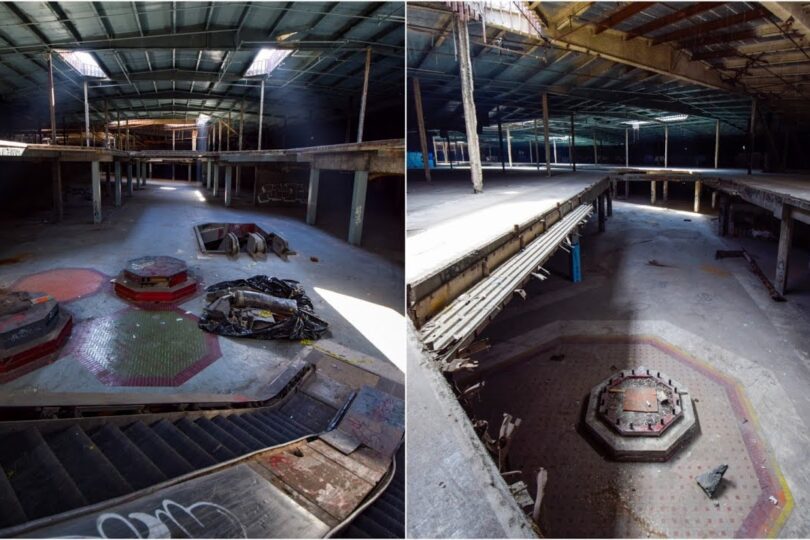The American shopping mall, once a symbol of suburban prosperity and retail innovation, faces an uncertain future. With changing consumer preferences, the rise of e-commerce, and shifting demographics, many malls across the United States are struggling to survive. This analysis explores whether traditional shopping malls remain viable in today’s retail landscape.
The Decline of American Malls
The statistics paint a stark picture of mall decline. According to a 2023 report by Coresight Research, approximately 25% of America’s 1,000 remaining malls could close by 2025 (Forbes). This trend began before the COVID-19 pandemic but accelerated dramatically during and after it. Green Street Advisors, a real estate analytics firm, estimates that about 750 regional malls remained operational in 2023, down from roughly 2,500 in the 1980s (Retail Dive).
Factors Contributing to Mall Decline
1. E-commerce Competition
The rise of online shopping has fundamentally changed consumer behavior. Amazon and other e-commerce platforms offer convenience, competitive pricing, and vast selection that traditional malls struggle to match. According to the U.S. Census Bureau, e-commerce sales grew from 4.2% of total retail sales in 2010 to over 15% in 2023 (U.S. Census).
2. Changing Consumer Preferences
Modern consumers, particularly younger generations, tend to prefer:
- Experiential retail over traditional shopping
- Mixed-use developments that combine retail, residential, and office space
- Local, unique businesses over national chains
- Outdoor shopping centers with direct store access
3. Anchor Store Closures
Department stores, traditionally serving as mall anchors, have faced significant challenges. Major retailers like JCPenney, Sears, and Macy’s have closed hundreds of locations, leaving malls without crucial tenant anchors that drive foot traffic (CNBC).
The Future of Retail Space
Successful Adaptation Strategies
Some malls are finding new life through creative reinvention:
- Mixed-Use Conversion: Several properties have successfully transformed into mixed-use developments combining retail, office space, residential units, and entertainment venues. The Arcade Providence in Rhode Island, America’s oldest shopping mall, converted its upper floors into micro-apartments while maintaining retail on the ground level (Architectural Digest).
- Healthcare Integration: Some malls are incorporating medical facilities and healthcare services. The One Hundred Oaks Mall in Nashville now houses Vanderbilt University Medical Center offices alongside retail spaces (Healthcare Design Magazine).
- Entertainment Focus: Successful malls are increasingly emphasizing entertainment and experiences over traditional retail. The American Dream Mall in New Jersey features an indoor theme park, water park, and ski slope alongside shopping options (Business Insider).
Are New Malls Still Being Built?
While traditional mall construction has nearly ceased in America, some developers are creating new retail concepts that better align with current consumer preferences:
- Open-air lifestyle centers
- Town center developments
- Mixed-use urban villages
- Entertainment-focused destinations
The Economic Impact
The decline of traditional malls has significant economic implications:
- Reduction in local tax revenue
- Job losses in retail and related sectors
- Property value impacts in surrounding areas
- Municipal service strain in affected communities
Environmental Considerations
The environmental impact of mall decline presents both challenges and opportunities:
- Demolition and construction waste from redevelopment
- Potential for sustainable, mixed-use developments
- Opportunity to reduce car dependency through smart redevelopment
- Incorporation of green building practices in renovations
The traditional shopping mall, as it once existed, is largely a relic of the past. However, malls that evolve with consumer trends, focusing on mixed-use development, entertainment, and unique experiences, can still thrive. As urban planning shifts toward sustainability and walkable communities, malls must adapt or risk extinction in the evolving retail landscape.
Sources:


